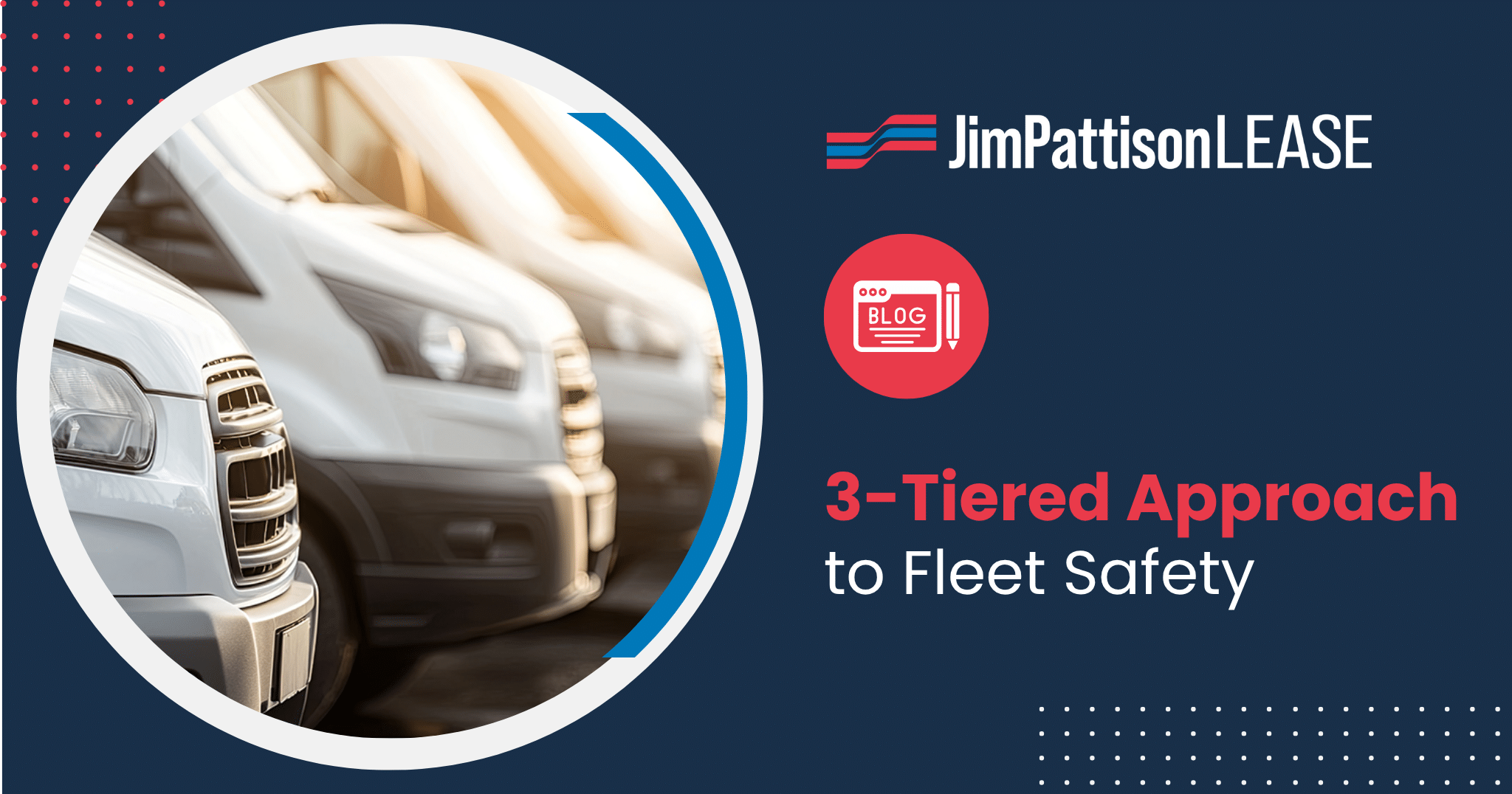Here’s a look at JPL’s 3-tiered approach to fleet safety that helps reduce risk, cut costs, and improve outcomes for fleet managers and drivers alike.
1. Prevention: Building a Safer Fleet from the Start
The first and most critical tier focuses on preventing incidents before they happen. This proactive phase lays the groundwork for safe operations through strategic hiring, education, and vehicle health notifications.
Key Components:
- Driver Abstracts
A thorough screening process starts with reviewing driver abstracts. These provide insights into a driver’s history, flagging risky behavior and helping fleet managers make informed hiring decisions. - Driver Safety Training
Ongoing education is essential. Regular safety training ensures drivers are up to date on defensive driving techniques, company policies, and the latest road safety regulations. - Preventative Maintenance
Vehicle failures contribute significantly to road accidents. A scheduled maintenance program keeps your fleet in optimal condition and helps avoid mechanical issues that can lead to incidents. - Route Optimization
Intelligent route planning minimizes time spent in high-risk areas, reduces driver fatigue, and improves efficiency. By avoiding congested zones or accident-prone roads, fleets can operate more safely.
2. During Operations: Real-Time Safety and Intervention
Once vehicles are on the road, real-time tools and technologies (such as telematics) help keep drivers safe and operations efficient. This focuses on monitoring and intervening where necessary to prevent incidents in the moment.
Key Components:
- Live Tracking
Real-time GPS tracking allows dispatchers to monitor routes, vehicle speeds, and driver behavior. Studies show live tracking can dramatically reduce accident rates, simply by enabling proactive intervention and accountability. - Video Telematics
Dual-facing dashcams powered by AI and integrated with telematics provide visual context for driver behavior and incidents. This combination can significantly reduce the # of accident claims and claim-related costs, thanks to faster investigation and clearer liability determination. - Driver Coaching
Utilizing telematics-captured driver behaviour data to coach to unsafe behaviours and reward safe driving.
3. After an Incident: Rapid Response and Recovery
Despite best efforts, incidents can still occur. The final tier focuses on swift, informed response to minimize the impact and prevent recurrence.
Key Components:
- Accident Management
A streamlined accident response protocol ensures drivers know what to do, who to contact, and how to document the event. Centralized reporting and support services help get vehicles back on the road faster. - Forensic Collision Reconstruction
Advanced telematics and camera data can reconstruct accidents with precision. This allows for a clear understanding of what happened, supports insurance claims, and helps prevent similar incidents in the future.
Final Thoughts
Fleet safety is not a one-time investment—it’s a continuous process that evolves with your business and the technologies available. With telematics, fleets can significantly reduce accidents, lower insurance costs, and create a culture of accountability and safety.
To learn more, register for our upcoming webinar: Fleet Safety & Telematics
Wednesday, August 6th, 2025
10:00 AM – 10:30 AM (PST)
1:00 PM – 1:30 PM (EST)
Tuesday, August 19th, 2025
11:00 AM – 11:30 AM (PST)
2:00 PM – 2:30 PM (EST)






